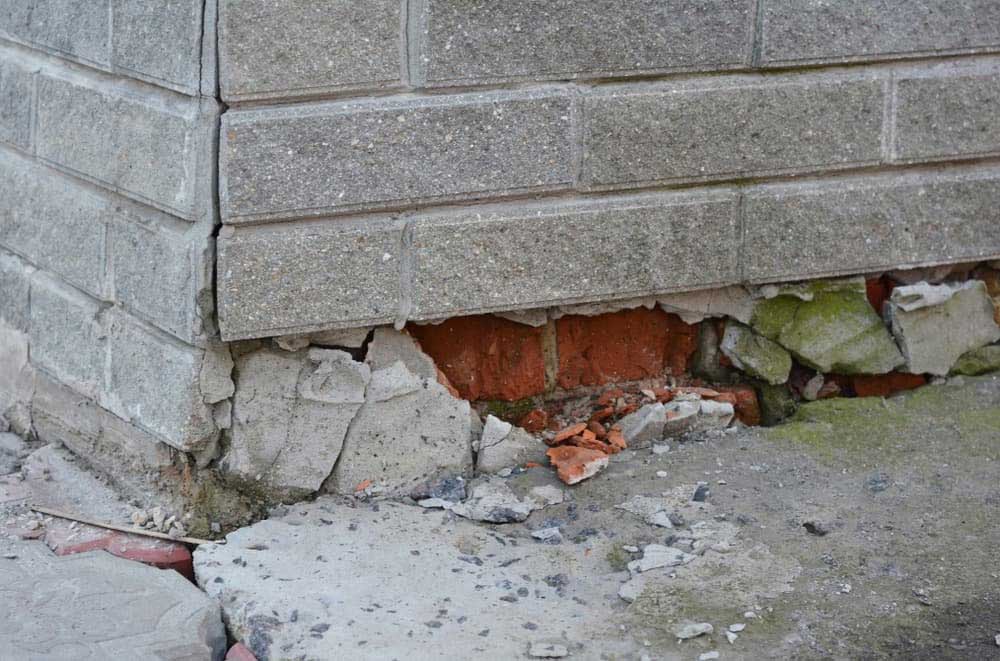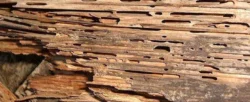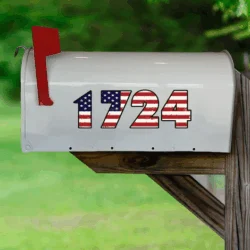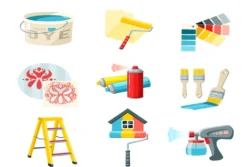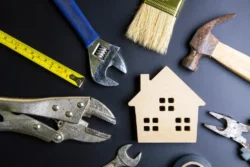Your home is your safe haven, the place you can return to at the end of a stressful day and relax. It’s also a significant investment and is likely to be an important part of your retirement plans. However, regardless of how well-built your home is, it’s possible that it develops structural issues.
Whether you are looking to buy a home, have been in your property for years, or simply want to verify its structural integrity, you need to understand the best way to assess this in your home.
Let the Professionals Help
The simplest and safest approach is to involve the professionals. They will visually inspect your home and use a variety of specialist equipment and techniques, such as dye penetrant testing, to verify any issues and how serious they are.
The professionals can help you decide the best route forward.
Visual Inspections
You can visually inspect your home at any time and it’s advisable to take a look at least once a year. The biggest sign you’ll notice visually is cracks. It’s normal for a house to develop a few hairline cracks. These can be a result of settling or even adverse weather.
But, certain cracks need closer attention as they can suggest structural problems:
• Diagonal
A diagonal crack is one that is following the join lines between the bricks of your home. In effect, the joint is cracked, meaning the bricks are no longer sealed together or even sitting on each other properly.
Diagonal cracks tell you there is a structural issue. The only question is how bad is it and what can you do to eliminate the issue.
• Getting Wider
If you notice hairline cracks moving in any direction you should monitor them. Although diagonal cracks are the biggest sign of structural problems, cracks can also appear vertically or horizontally.
The simplest approach is to measure the crack and then measure it again every few months. If the crack gets wider you’ll want to call the professionals for a better assessment.
You can also fill sections of the crack and monitor it to see if new cracks appear around the filling. This tells you the crack is growing.
• Visible Inside & Out
Any crack that is visible, in roughly the same place, on the outside and inside of your home is likely to be serious. You can monitor it but the best approach is to get it professionally assessed and take the necessary remedial action.
Drainage Problems
If your house has a drainage issue and water is pooling around the walls of your home you’ll want to investigate the cause and resolve it. In many cases, it is plumbing related. But, water by your walls will be absorbed by them and weaken the mortar joints. It can also expand into ice, forcing gaps between bricks and creating a structural issue.
Don’t forget to check your home after a storm. The damage caused by a storm can lead to structural weakness, especially if you don’t deal with repairs straight away.
